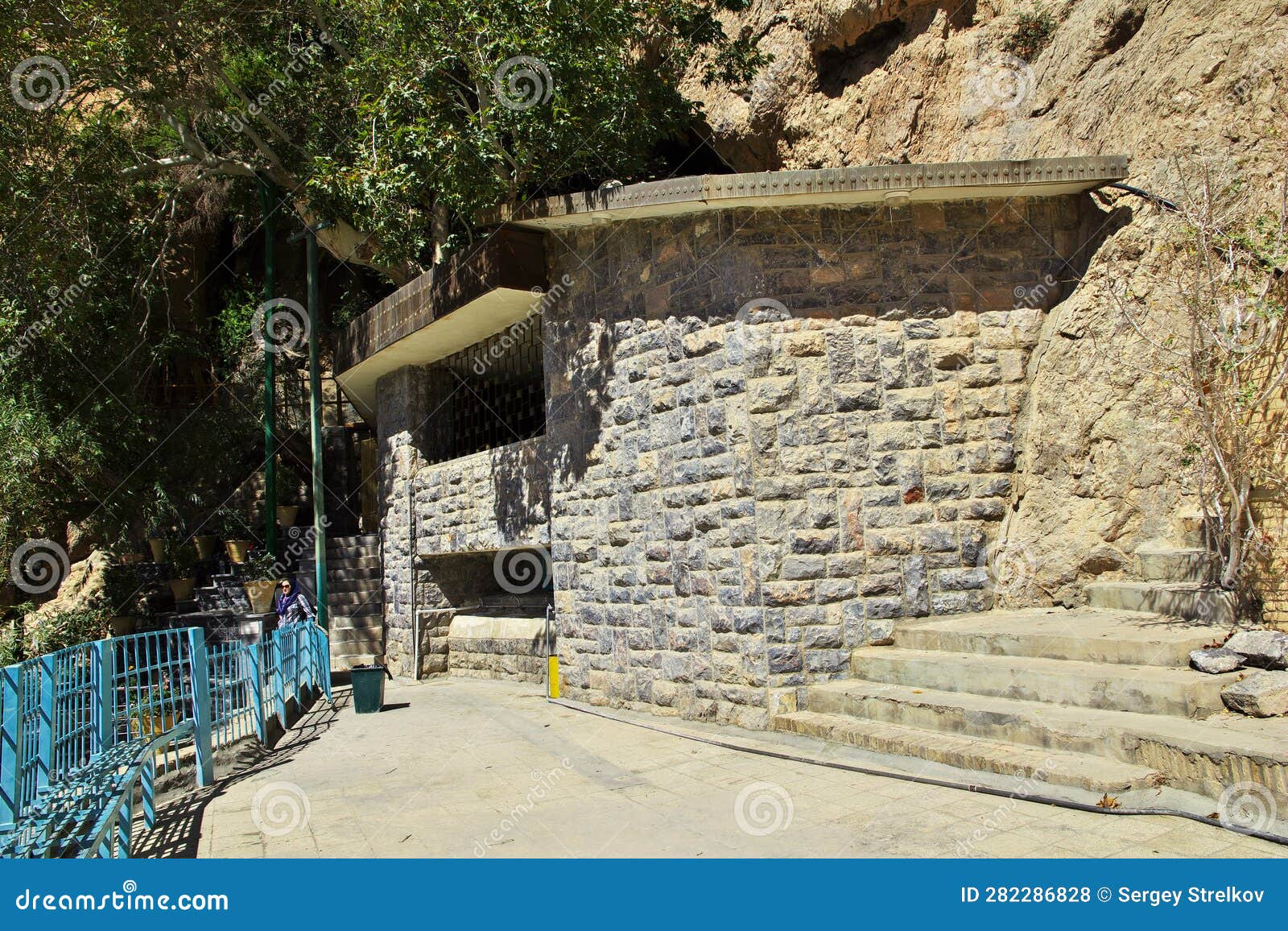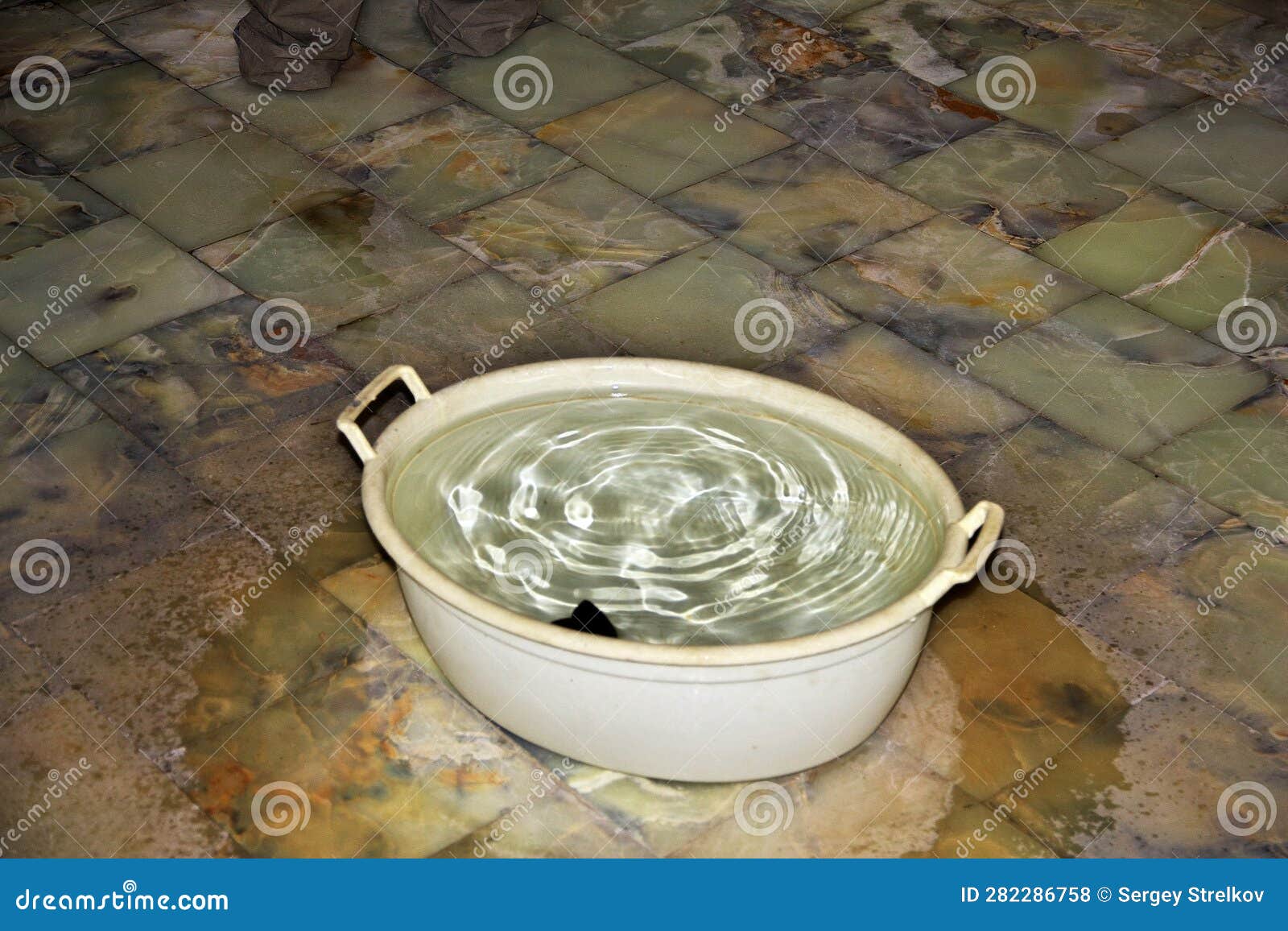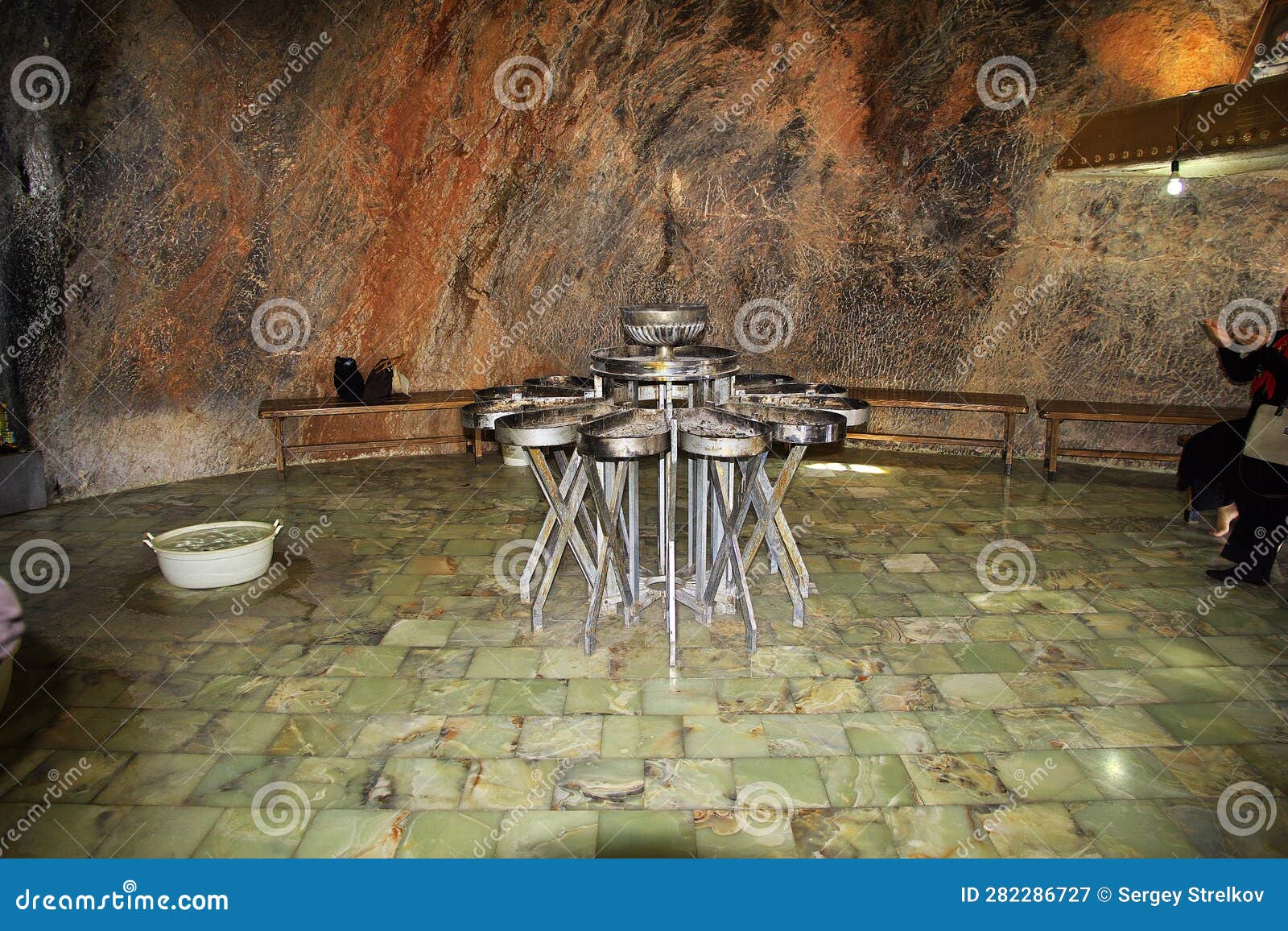Chak Chak Iran: A Sacred Oasis Of Zoroastrian Faith
Table of Contents
- Unveiling Chak Chak Iran: A Sacred Oasis in the Desert
- The Historical and Spiritual Roots of Pir-e Sabz
- Architectural Marvels Amidst Rugged Cliffs
- The Annual Pilgrimage: A Gathering of Faith
- Planning Your Visit to Chak Chak Iran
- Chak Chak: A Testament to Enduring Faith
- Beyond the Shrine: The Village of Chak Chak
- Exploring the Wider Landscape: Ardakan and Yazd
- Conclusion: The Timeless Allure of Chak Chak
Unveiling Chak Chak Iran: A Sacred Oasis in the Desert
Chak Chak, officially known as Chak Chak or Chek Chek (Persian: چکچک, lit. 'Drip-Drip'), is more than just a village; it is a profound spiritual landmark in the Yazd province of Iran. Situated approximately 43 kilometers east of Ardakan and 70 km north of Yazd city, within the Khavaranq district, this revered site is nestled amid the Ardakan and Anjireh mountains, part of the larger Chak Chak mountain range. Its remote, almost hidden location adds to its mystique, making the journey to it an integral part of the pilgrimage experience. The village is also known by other names, each offering a glimpse into its significance. It's called Chāhak-e Ardakān (چاهکِ اردکان, lit. 'Well of Ardakan'), hinting at its life-giving water source in an arid land. More commonly, it is referred to as Pīr-e Sabz (پیر سبز, lit. 'The Green Pir'), a name that evokes images of verdant life in the desert and the spiritual wisdom associated with a 'pir' or elder. This unique confluence of names underscores its multifaceted identity as a natural wonder, a historical site, and a deeply sacred space. The very name "Chak Chak" itself is a direct reference to the gentle, persistent sound of water trickling down from the cliffs into the temple – a sound that is not just auditory but deeply symbolic, representing purity and light in Zoroastrianism.The Historical and Spiritual Roots of Pir-e Sabz
Chak Chak is widely regarded as the most sacred of the mountain shrines of Zoroastrianism. Its ancient origins are shrouded in legend, yet its spiritual significance remains profoundly tangible for adherents of one of the world's oldest monotheistic religions. The site is believed to be where Nikbanou, a Sasanian princess and daughter of the last pre-Islamic Persian ruler, Yazdegerd III, found refuge from the invading Arab armies in the 7th century CE. According to legend, as she fled, she prayed to Ahura Mazda, and the mountain miraculously opened up to shelter her. The continuous dripping of water from the cliff face is said to be the tears of the mountain mourning her plight, or a constant blessing bestowed upon the site. This powerful narrative imbues Chak Chak with an extraordinary sense of divine protection and historical continuity. The presence of a sacred fire temple and a natural mountain cave are central to its religious and historical importance. Fire, in Zoroastrianism, is a symbol of divine light, purity, and wisdom, representing Ahura Mazda's presence. A fire temple, therefore, is a place of profound worship and contemplation. The natural cave at Chak Chak, dug into the heart of a large rock, serves as the main building of the fire temple, making it a unique blend of natural wonder and human devotion. ###The Legend of the Dripping Waters
The name "Chak Chak" derives from the Persian phrase meaning "drip drip," a direct reference to the gentle, rhythmic sound of water that trickles down from the cliffs into the temple. This unique feature is far more than just an auditory delight; it holds deep symbolic meaning within Zoroastrianism. Water, in this ancient faith, represents purity, life, and the flow of divine blessings. The constant, clean drip at Chak Chak is seen as a perpetual sign of divine grace, a tangible connection to the spiritual realm. It reinforces the site's identity as a place of healing and spiritual power, where the natural elements themselves participate in the sacred. Pilgrims often collect this water, believing in its purifying and healing properties, further cementing its role as a living symbol of faith. ###A Beacon of Zoroastrian Faith
As a revered pilgrimage site and sanctuary, Chak Chak serves as a vital beacon for followers of Zoroastrianism worldwide. It is one of the holy Zoroastrian mountain temples in Iran, where avid Zoroastrians gather on special occasions to observe their rituals. Its significance extends beyond its historical narrative; it is a living center where the faith is practiced, preserved, and passed down through generations. The site's remote and rugged setting, nestled amidst the desert landscape, further emphasizes the enduring spirit of the Zoroastrian community, who have maintained their traditions despite centuries of challenges. Chak Chak is not just a relic of the past; it is a vibrant testament to an enduring spiritual heritage, a place where the ancient prayers and hymns continue to resonate.Architectural Marvels Amidst Rugged Cliffs
The architecture of Chak Chak is a remarkable fusion of natural landscape and human ingenuity, perfectly adapted to its challenging desert environment. The core of the complex is the main building of the fire temple, which is essentially a cave meticulously dug into the heart of a colossal rock face. This natural cavern provides a cool, sheltered space, a stark contrast to the scorching desert sun outside. The temple of Chak Chak is literally perched beneath a towering cliff, giving it a dramatic and awe-inspiring appearance. Beyond the central cave, the construction includes a courtyard adorned with trees, offering a rare patch of greenery and shade in the arid surroundings. This verdant space provides a peaceful area for pilgrims to rest and gather. Surrounding the courtyard and integrated into the cliffside are a complex of small structures built on five distinct levels. These multi-tiered buildings likely serve various purposes, including accommodations for pilgrims, administrative offices, and spaces for religious ceremonies. The ingenious use of the natural topography, with structures seemingly emerging from the rock, demonstrates a profound respect for the environment and a practical approach to building in such a unique location. The integration of the man-made with the natural world at Chak Chak Iran creates an atmosphere of profound serenity and spiritual connection.The Annual Pilgrimage: A Gathering of Faith
Chak Chak's role as a religious center culminates annually in a grand pilgrimage, drawing Zoroastrians from Iran and other countries to hold collective religious events. This pivotal gathering occurs from June 14th to June 17th, corresponding to the 24th to 27th of Khordad in the Persian calendar. During these four days, the tranquil desert sanctuary transforms into a vibrant hub of devotion, community, and celebration. Thousands of Zoroastrians, often dressed in traditional white attire, make the arduous journey to this sacred site. The atmosphere is one of profound reverence mixed with joyous camaraderie. The air fills with the sounds of ancient prayers and the scent of burning incense. It is a time for communal worship, a reaffirmation of faith, and a deep connection to their spiritual heritage. This annual event underscores the enduring vitality of Zoroastrianism and the central role Chak Chak plays in its preservation and practice. ###Rituals and Reverence at Chak Chak
The ceremonies performed during the annual pilgrimage are rich in tradition and spiritual significance. Pilgrims engage in a series of sacred rituals, including: * **Prayer and Worship:** Devout prayers are offered to Ahura Mazda, the Wise Lord, seeking guidance, blessings, and spiritual purification. * **Reading from the Avesta:** Passages from the Avesta, the sacred scriptures of Zoroastrianism, are recited, reinforcing the tenets of their faith and connecting pilgrims to ancient wisdom. * **Invocation of Ahura Mazda:** Specific invocations are made to the divine, seeking strength and spiritual enlightenment. * **Making Sacrifices/Cooking Votive Meals:** While the term "sacrifice" might evoke ancient practices, in modern Zoroastrianism, this often refers to the preparation and sharing of votive meals, which are then distributed among the community, symbolizing unity and charity. * **Lighting Candles and Incense:** Candles, representing light and purity, are lit, and incense is burned, creating a fragrant and spiritually charged atmosphere. The smoke is believed to carry prayers to the heavens. * **Singing Joyous Hymns:** Happy songs and hymns fill the air, expressing devotion, gratitude, and the collective joy of the community gathered in faith. These rituals, performed collectively, strengthen the bonds within the Zoroastrian community and provide a powerful, immersive spiritual experience. The communal aspect of these ceremonies at Chak Chak Iran reinforces the idea of a shared heritage and a collective journey of faith. ###The Significance of the Pilgrimage Season
The specific dates of the annual pilgrimage, June 14th to 17th (24th to 27th of Khordad), are deeply significant. This period is believed to mark the anniversary of Nikbanou's arrival at the site, transforming it into a place of refuge and divine intervention. This historical and legendary connection makes the pilgrimage not just a religious observance but also a commemoration of a pivotal moment in Zoroastrian history. The gathering during this particular time of year allows Zoroastrians from diverse backgrounds – from within Iran and from the diaspora – to reconnect with their roots, reinforce their identity, and collectively celebrate their enduring faith. It serves as a powerful reminder of their shared history and the resilience of their spiritual traditions, making the pilgrimage to Chak Chak a cornerstone of their religious calendar. The desert climate, while challenging, also adds to the spiritual discipline and dedication required for the journey, making the arrival at the green oasis of Chak Chak even more rewarding.Planning Your Visit to Chak Chak Iran
For those considering a journey to this remarkable site, understanding the practicalities of a visit to Chak Chak Iran is essential. The temple is open every day, with the exception of some public holidays, allowing for flexibility in planning. However, the desert climate of the Yazd province dictates the best times to visit. Considering the region's warm weather, **spring and fall are undoubtedly the best seasons** to explore Chak Chak. During these months, temperatures are more moderate, making the journey and the exploration of the site far more comfortable. Summer can be intensely hot, with temperatures soaring, which might make the experience less enjoyable, especially for those unaccustomed to extreme desert heat. Winter, while cooler, can still be chilly, particularly in the mornings and evenings, and some access roads might be affected by weather conditions. Directions to Chak Chak Shrine are relatively straightforward for those traveling from Yazd or Ardakan. It is located approximately 70 km north of Yazd city and 43 km east of Ardakan. Visitors typically hire private transportation or join organized tours from these major cities. The journey itself offers stunning views of the arid landscape, gradually revealing the majestic mountains where Chak Chak is nestled. While the site is remote, its growing fame as a pilgrimage and tourist destination means that local services are increasingly accommodating to visitors.Chak Chak: A Testament to Enduring Faith
The enduring presence of Chak Chak as a sacred pilgrimage site in the heart of Iran's desert speaks volumes about the resilience and unwavering faith of the Zoroastrian community. It is not merely an ancient ruin but a living, breathing testament to a faith that has survived millennia, adapting and persevering through various historical epochs. The continuous "drip-drip" of water, symbolic of purity and life, mirrors the steady, unbroken lineage of Zoroastrian beliefs and practices. As a religious hub, Chak Chak hosts Zoroastrians from Iran and abroad, fostering a sense of global community and shared heritage. The collective ceremonies held here reinforce the bonds of faith, ensuring that ancient rituals and teachings are passed down to new generations. In an increasingly interconnected world, Chak Chak stands as a powerful symbol of cultural and religious identity, a place where the past is honored, the present is celebrated, and the future of Zoroastrianism is nurtured. Its significance lies not only in its historical events but also in its ongoing role as a spiritual anchor for a global community.Beyond the Shrine: The Village of Chak Chak
While the fire temple and pilgrimage site are the primary draws, Chak Chak is also a small village. It is officially located in Rabatat Rural District, Kharanaq District, Ardakan County, Yazd Province, Iran. In 2006, its existence was noted, though unfortunately, its population was not reported, suggesting a very small or seasonal community primarily linked to the shrine's operations and pilgrimage periods. The village essentially consists of the pir (shrine) perched beneath a towering cliff face in the desert of central Iran. Its very existence is intertwined with the sacred site, with local residents likely playing a crucial role in maintaining the temple, assisting pilgrims, and providing services. The remote nature of the village further emphasizes the isolation and spiritual focus of the shrine, making the journey to Chak Chak a true retreat from the bustling modern world. This small, unpopulated settlement is a silent guardian of the sacred, a humble abode for those who dedicate their lives to its preservation.Exploring the Wider Landscape: Ardakan and Yazd
A visit to Chak Chak Iran often forms part of a broader exploration of the Yazd province, a region renowned for its unique desert architecture, rich history, and vibrant cultural heritage. Ardakan, the nearest major town to Chak Chak, is itself a historic city with its own set of attractions, including ancient qanats (underground water channels) and traditional Persian houses. It serves as a practical base for pilgrims and tourists heading to the shrine. Yazd city, a UNESCO World Heritage site, is a magnificent example of a traditional desert city. Its labyrinthine alleyways, wind towers (badgirs), and ancient Zoroastrian sites like the Towers of Silence and the Yazd Atash Behram (Fire Temple) offer a deeper dive into the history and culture of the region. Exploring these surrounding areas provides valuable context to the significance of Chak Chak, highlighting the historical presence and influence of Zoroastrianism in this part of Iran. The rugged mountains of Ardakan and Anjireh, which cradle Chak Chak, are part of a larger landscape that tells tales of ancient civilizations and enduring human spirit, making the entire region a captivating destination for history buffs and spiritual seekers alike.Conclusion: The Timeless Allure of Chak Chak
Chak Chak Iran, with its evocative name and profound spiritual resonance, stands as a unique testament to the enduring power of faith and the deep connection between humanity and the natural world. From its origins as a legendary sanctuary for a fleeing princess to its current status as the most sacred mountain shrine for Zoroastrians, this "drip-drip" oasis continues to draw pilgrims and curious travelers alike. Its rugged beauty, unique architecture, and vibrant annual ceremonies offer a rare glimpse into one of the world's oldest living religions. The continuous flow of water from the cliff, symbolizing purity and light, perfectly encapsulates the unbroken spirit of Zoroastrianism that thrives within this desert haven. Whether you are a scholar of ancient religions, a spiritual seeker, or simply an adventurer looking to explore the hidden gems of Iran, Chak Chak promises an experience that is both deeply moving and incredibly insightful. Have you ever visited a place that felt truly sacred, where history and nature converged in a powerful way? Share your thoughts and experiences in the comments below! If this article has piqued your interest in Iran's rich cultural tapestry, consider sharing it with friends and family, and explore other fascinating destinations within this incredible country.
Chak Chak, Iran - 02 Oct 2012: Chak Chak is Zoroastrian Temple, Iran

Chak Chak, Iran - 02 Oct 2012: Chak Chak is Zoroastrian Temple, Iran

Chak Chak, Iran - 02 Oct 2012: Chak Chak is Zoroastrian Temple, Iran